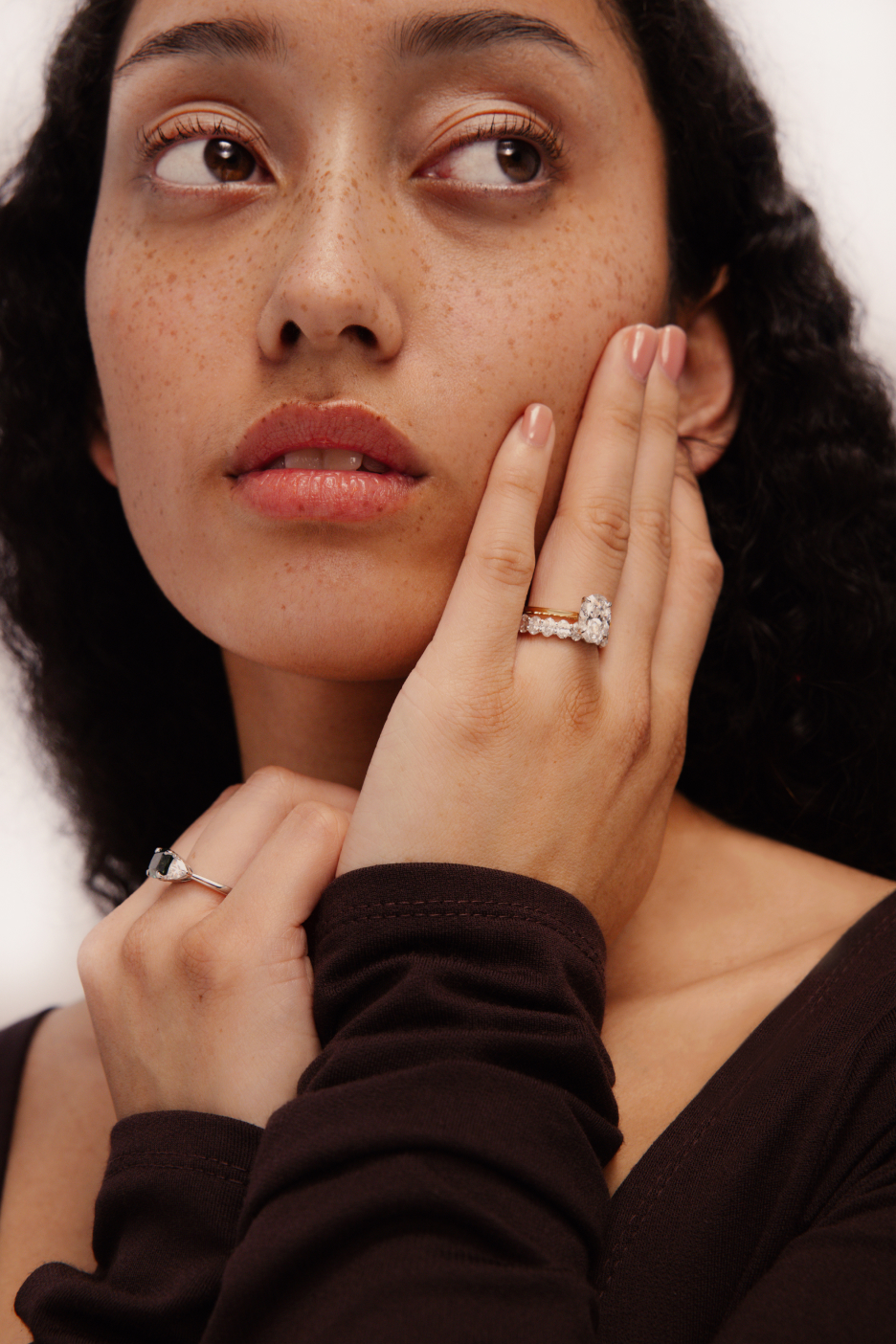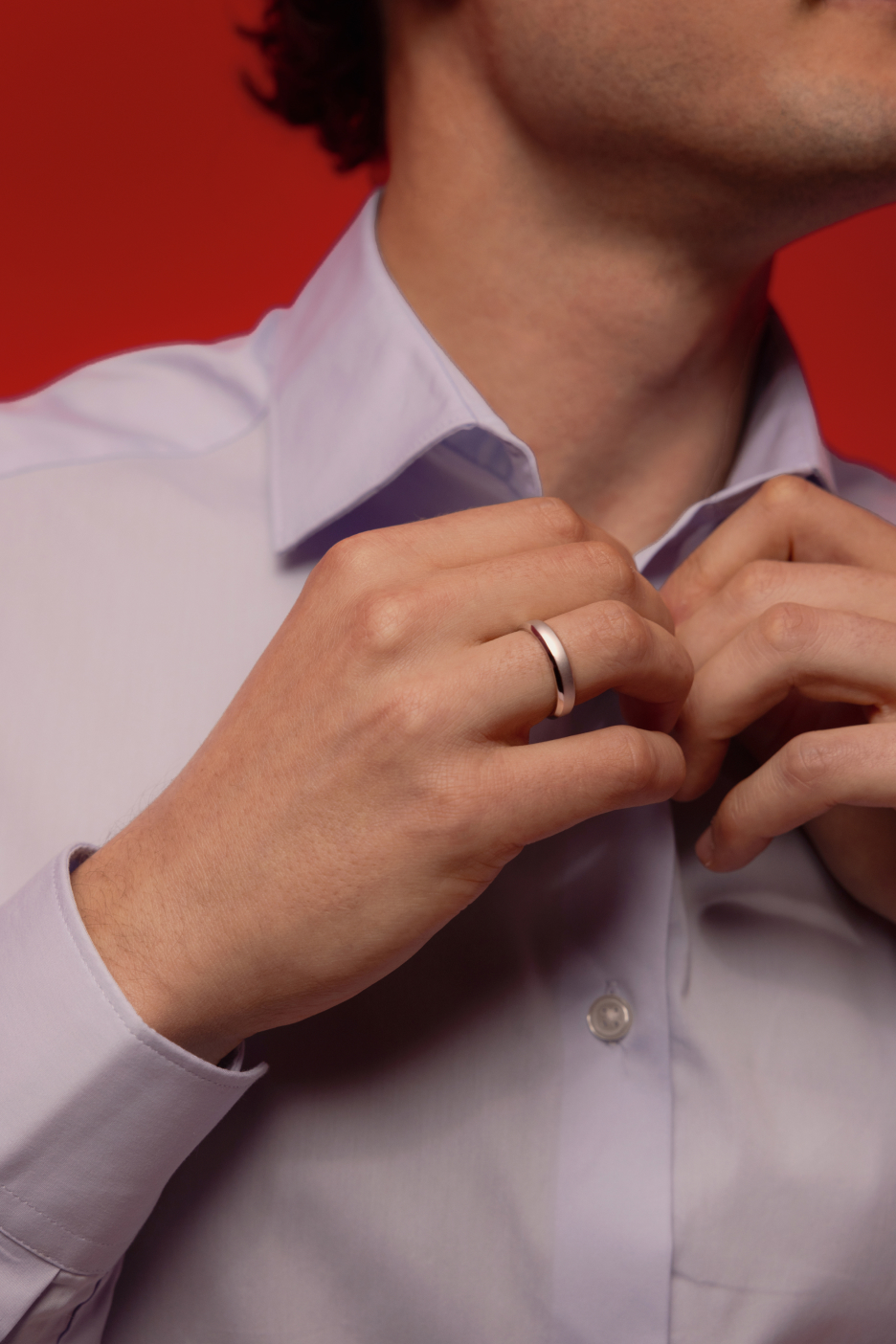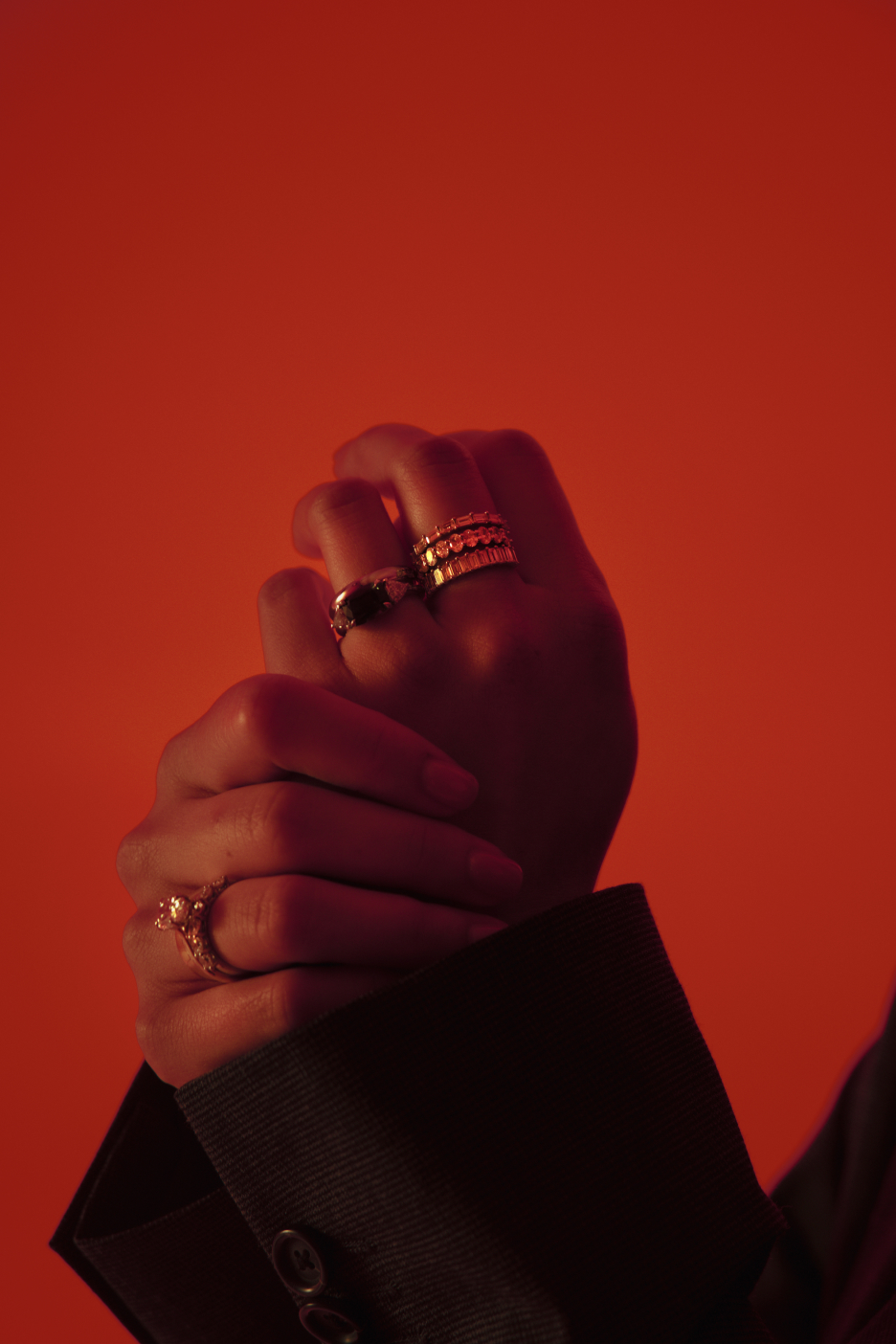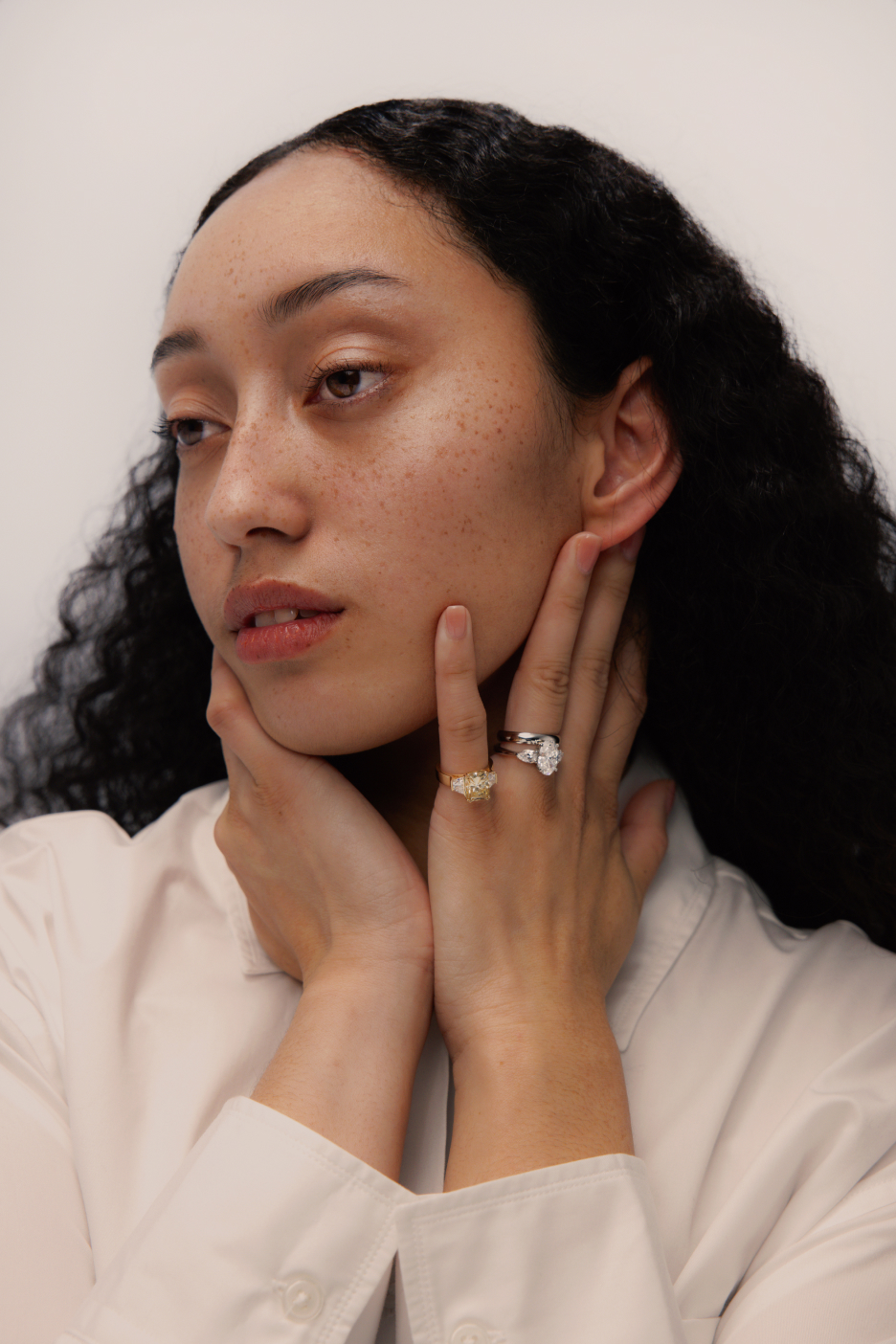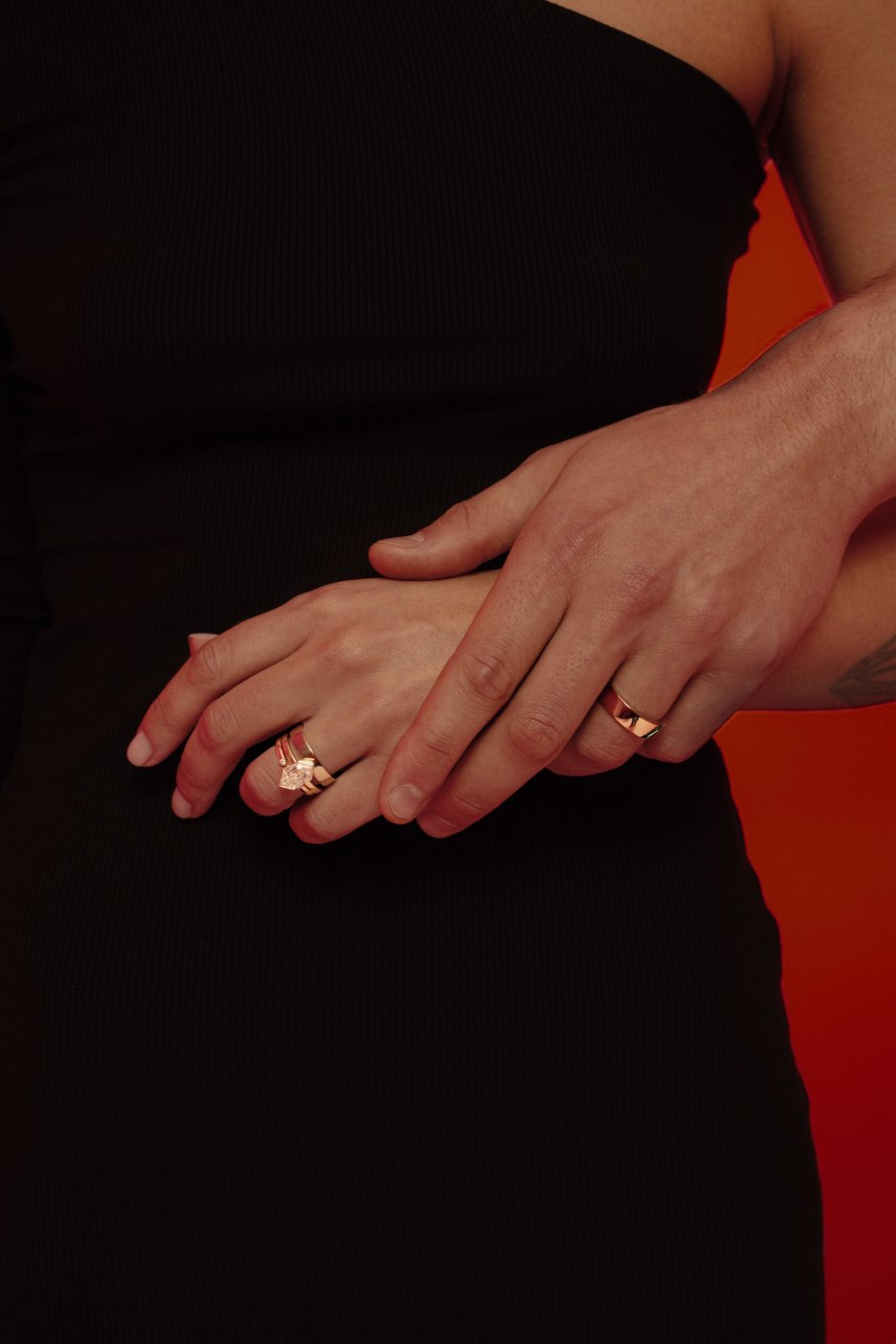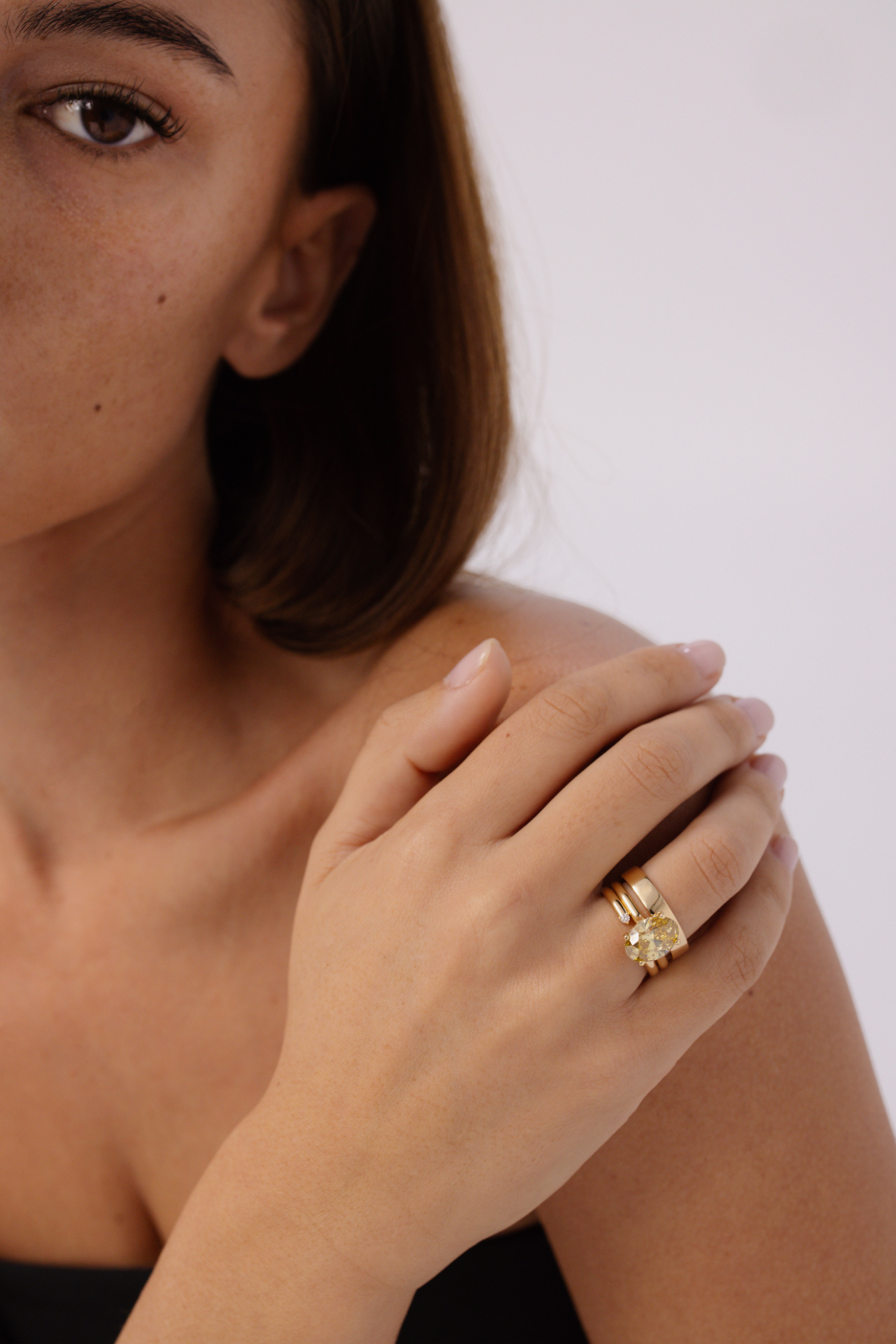8 Reasons Why You Shouldn’t Buy Engagement Rings From Chain Jewellery Stores
Buying an engagement ring or nearly any form of jewellery will be a significant purchase. And it is tempting to look for the cheapest diamond and the biggest size.
But just because a retailer can sell you a big diamond at a low price does not mean you will get a good deal.
Ultimately, you get what you pay for in this industry – and jewellery stores aren’t leading on price out of the goodness of their heart – especially chain jewellers and build-your-ring online stores.
This article will show how these companies make money and why you should work with designers and jewellers who care about each piece.
TLDR:
Are their diamonds optimised for sparkle?
Are their diamonds independently certified?
Do they make you pick the diamond? Are they filtered out for defects?
Do they use bright lights to hide imperfections?
Are you getting the same ring as what they showed you?
Are their rings made to order?
Do they use pre-made mounts for their jewellery?
Are they using high-quality gold & alloys?
Do they hollow out their rings?
1 Are their diamonds optimised for Sparkle?
Many of these brands optimise to make the diamond look as big as possible without considering its sparkle. These diamonds have large surface areas and little depth.
Because they are so thin, they have a glassy appearance instead of a sparkly one.
At Four Words, we have a strict standard to ensure table and depth are balanced, ensuring you get a sparkly diamond. Our philosophy is to pick the best diamond visible to the naked eye.

2 Are their diamonds independently certified?
There are three main independent diamond grading labs in the world:
Gemological Institute of America (GIA)
American Gem Society (AGS)
International Gemological Institute (IGI)
However, not ALL diamonds are independently graded, and some stores play on this by grading their own stones. Unsurprisingly, these stones tend to have higher grades than independent labs.
We strongly recommend that you ensure that your diamond is independently graded so you are aware of its quality before you buy it.
At Four Words, all our diamonds are graded by IGI or GIA.

3 Do they check their diamonds for defects? Specifically, Lab Grown defects?
Independent grading labs use the 4Cs to classify and grade diamonds. However, certain defects don’t appear on grading reports, which can be tricky to spot with 360-degree diamond videos.
Additionally, with the rise in demand for lab-grown diamonds, manufacturers have started cutting corners to speed up production, resulting in issues that make diamonds appear dull and lifeless.
These diamonds commonly appear online in build-a-ring e-commerce, where you must pick the diamond. These stores exploit consumers’ lack of industry knowledge and try selling these stones at low prices.
At Four Words, we apply our strict standards to select the best diamond for your approval. This includes physically inspecting the stone before sharing it with you for your confirmation.
When we quality-check our stones, we check to ensure:
The stone is eye-clean, meaning it looks flawless to the naked eye
The diamond looks its weight with excellent proportions
Ensure the diamond has no growth defects, commonly referred to as BGM
Ensure the diamond has no unnatural colour tinge, specifically no brown, blue, green, yellow or grey hues
No signs of CVD strain or striations
If an elongated stone, no visible bow tie, windowing or extinction
When shopping around, you should check the following:
No Brown, Green or Milky (BGM) tones: As the name suggests, these are brown, green or milky tones found in natural & lab diamonds that make the stone look dull and lifeless.
No Grey, Brown, Blue & Green Tinge: Unnatural colour undertones found in cheaply made lab grown diamonds. Grey is the most common and is hidden in 360 videos by having the diamond behind a grey background.

No CVD Strain & Striations: These are artefacts of poorly grown lab-grown diamonds using the CVD method, making the diamond look like it has window streaks or looks blurry. This is caused by manufacturers trying to save money and speed up the growing process.

No bow-tie, windowing, and extinction: When a diamond isn’t cut well, light leakage can occur, causing dark spots or “windows” where you can see straight through the diamond.

4 Do they hide imperfections using bright lights?
Bright lights are often shined on diamonds to amplify their sparkle. In doing so, they hide poorly cut stones and any inclusions that they might have. This is another sneaky tactic used by chain jewellers.
If you look at these stones under natural light, it is much easier to see that the stones are poorly cut and are not so shiny. You will also be able to identify inclusions (structural imperfections that affect the clarity grading of diamonds).
But what you don’t see are the L.E.D. strip lights in their display cabinets. If you are a salesperson, you can see them.

5 Are you getting the same as their display Engagement Ring?
This is particularly true of chain jewellery stores. What they display may not necessarily be the ring you receive.
During this phase, some jewellers swap out the diamond for a lower-quality one.
This is particularly true for smaller stones while your ring is getting resized, which might be harder to notice.
6 Are their rings made to order?
This is a common practice with big online stores where you design your engagement ring (e.g. selecting the metal, picking the diamond and setting).
Their business model is based on small margins and large volumes. They cut corners to get as many customer orders out as fast as possible.
These businesses cut costs by spending less time setting stones and polishing. The jewellers who work on your pieces tend to be lower-skilled, which results in the diamonds becoming loose and falling out.
These businesses know that. They financially model that a certain number of rings will need to be fixed or repaired accordingly—not a great experience if your ring is one of the ones that needs to be fixed, especially if you live in New Zealand and need to ship it back overseas.
At Four Words, our manufacturing team is based in New Zealand, and we make your piece perfect the first time. If anything needs to be fixed, we’ll do so right here in New Zealand.
7 Are they using pre-made mounts?
Jewellers that compete on price will take as many shortcuts as possible. One way they can do this is to use pre-made mounts and buy stones in bulk with varying carat sizes.
Pre-made mounts are bought at scale for fixed diamond carat sizes and ratios (length to width and table to depth). The different stone sizes and proportions are then forced into the pre-made mounts.
Pre-made mounts are bought in bulk under a ‘one size fits most’ approach - they aren't individually made for each unique diamond. Because different diamonds have different proportions (length, width and depth), forcing stones into these mounts can often result in several issues:
The stone not being a perfect fit. Your centre stone can become loose, or the mounts are misaligned
Individual settings are not being checked thoroughly for structural or aesthetic defects
Poor polish and clean. The casting isn’t specific to the stones, and the ring will look cheap.
Example 1: Not a perfect fit
The arrow shows poor craftsmanship. The pavé diamonds with the hidden halo and band are poorly put together. The melee diamonds (the small diamonds) are too small for the ring. There are also huge gaps between each diamond, making the ring appear dull and tacky. In the example below, the prongs are more pronounced than the melee diamonds.

Contrast this to how we craft our rings. Below is an image of a wedding band with melee diamonds. Notice how the diamonds sit flush on the ring, and each small prong supports two diamonds on each side.

This gives the diamonds more sparkle and ensures they don’t fall out.
Example 2: Structural Defects
Here, we can see two issues with this Oval diamond.

The hidden halo (white circle) should sit flush with the diamond. The melee stones also do not match.
The prongs do not firmly hold the diamond—if you look within the red circles, you can see gaps between them. One strong thud and the diamond could chip or fall out.

Below is an image of one of the rings we made that sits flush in its setting. Notice how the prongs tightly hold the diamond around the girdle (the outmost edge of the diamond).
Example 3: Misalignment
Another problem with chain and large e-commerce stores is their attention to details like symmetry. Below is an image of misaligned prongs in another Oval cut diamond.

8 Are they using high-quality alloys?
All gold bands in jewellery use some form of alloy. An alloy is a combination of two or more metals. And when we talk about karats, they are a measure of gold to the other metal. 24 karats is 100% gold, and everything below that is a fraction of that.
For example, a 14-karat gold band is 14 parts gold to 10 parts another metal. 24-karat gold is too soft to use as a ring.
When you work with a respected jeweller for a piece of jewellery that you will wear for a lifetime, they will often work with 14 or 18k gold or platinum. They do so because these metals are hard enough for everyday wear but also malleable enough for jewellers to be able to achieve a precise finish. 14 or 18 karat gold, and platinum are also hypoallergenic.
However, cheaper jewellery stores and e-commerce sites where you design your own ring use cheaper metals as the other part of the gold. To make things even more confusing, not all karat gold is the same.
The make-up of these metals can vary a lot.
Generally, when you see ‘cheaper’ priced jewellery - the brand uses metals like nickel rather than silver or palladium, which isn’t hypo-allergenic. Using metals like nickel can cause skin irritation and reduce the ring’s durability and quality.
We only use high-quality alloys at 14 or 18-karat gold at Four Words.
9 Are their rings hollowed out?
Another tactic used to make rings a little bit cheaper is hollowing out the inside parts of the ring so less precious metal is used. This doesn’t have a visible difference when the ring is worn, making it weaker and more prone to warping and breaking.
You can check for this yourself by looking for a ‘groove’ cut on the inside of the band. These dug-out grooves can be made out in the damaged ring below.

Speak to Four Words
The problem with going into most jewellers is that their salespeople are based on commission and their interests are not aligned to yours. At Four Words, our team is not based on commission. We will be honest with you about what is and isn’t possible.
Design exactly what you want at an affordable price
At Four Words, you can get exactly what you want with our custom and bespoke design service. And this is not just exclusive to wedding rings. We can design and craft most pieces of jewellery — from engagement rings to pendants, earrings and tennis bracelets.
The design process typically takes 2 - 3 weeks. During this time, we also take your ring size and better understand your lifestyle so we can make recommendations on your precious metal.
It then takes around 6 - 8 weeks to craft your jewellery.
We also offer free delivery worldwide in discreet packaging. Our clients have come from all over the world, including the UK, Sweden, the US, and Australia.

